Crappie fishermen know they are headed to the right lake when they get near Lake Weiss and start seeing signs proclaiming it is the “Crappie Fishing Capital of the World.” Those signs on the roads leading to Centre, Alabama give you an idea of the importance of crappie fishing in the area.
Lake Weiss on the Georgia/Alabama state line is an Alabama Power lake on the Coosa River. Its vast stump filled flats on the river and in major creeks offer crappie perfect habitat. And the state, local businesses and fishing groups work to make it even better. Weiss and Logan Martin, the next lake downstream, are the only two lakes in Alabama with a ten inch size limit protecting smaller fish.
The upper Coosa River extends into Georgia but to fish the main lake you will need an Alabama fishing license. If you are coming in from out of state you can get an annual license online starting at $50.25 with a couple of states a little higher. A seven day trip license is $28.35 unless you are from Florida. And you can bring the family and get a family seven day fishing license for $28.35 that is good for you and four immediate family members.
Groups like the Lake Weiss Improvement Association, made up of fishermen, businesses, Alabama Power and the state of Alabama work to improve crappie habitat on the lake by putting out brush piles and insuring size and number limits, 30 per fisherman per day, are observed. They also promote crappie fishing on the lake.
Mark Collins grew up near Weiss and got started fishing the lake for crappie when his parents bought a house on the Weiss when he was young. He has been guiding full time for crappie, stripers and bass on Weiss for 23 years. He has learned the lake well and knows how to catch crappie year round.
Mark also is a member of the Lake Weiss Improvement Association and helps pick the right locations for the group to put out cane brush piles. The Association also puts on a Crappie Rodeo with tagged fish worth a variety of prizes. The Rodeo is going on right now until the end of April and you can enter and get a badge from most local fishing businesses.
He is the only guide just about anywhere that guarantees “No fish, no pay.” He will even call clients and postpone trips when the crappie are not biting good. As he says, he wants their money, but wants it more than one time. And it works, most of his clients are repeat business, showing his skill and care for the folks he takes fishing.
When he is not on a guide trip Mark is usually on the water checking conditions and trying to find good schools of fish. He is on the water almost every day of the year. That is what it takes to really keep up with the fish and provide good trips for guide clients.
Right now is a good time to troll for crappie, one of the most efficient ways to catch large numbers of quality fish. Crappie are suspended over the channels of the river and major feeder arms from October through April and you can find schools of them around baitfish in deeper water. In the winter there are more fish out on the river but now most of them are headed to the spawning areas.
In late March through April the channels in Little River and Cowan and Spring Creeks are some of the best places to troll. Near the end of April they will be shallow in those areas and others and Mark catches them “shooting docks,” using his rod like a sling shot to propel the jigs under the docks for fish spawning around them and feeding under them.
He will continue to troll, too, but focus on stump beds in more shallow water. Then as the fish move back toward deeper water trolling works until they get on brush piles and stump beds on the river channel, where it is better to sit over them with tight lines almost straight down under the boat. That works through the summer until they start suspending again in October and trolling picks up again.
On Weiss you are limited to three poles per angler at one time. Mark does not troll more than ten lines at one time since that many are plenty to catch a lot of crappie and are much less trouble getting tangled and it is easier to manage them. He will take one to four clients at a time in his center console NauticStar boat equipped with a Minkota IPilot trolling motor.
Using B & M rods of six to 14 feet long allows Mark to cover a wide swath of water while trolling. The longer rods are put in rod holders at the front of the boat with shorter rods toward the back. The shortest rods are used to troll straight behind the boat.
A reel with a smooth drag is important when using light line and Mark likes the Dawai spinning reels for his fishing. They handle the light line well.
Mark keeps it simple when trolling. He uses one size Jiffy Jig and varies the color based on water color. In clear water he goes with translucent colors but the more stained water he goes to either darker colors or bright colors like yellows and chartreuse.
Jiffy Jigs are made in Valida, Georgia and you can order them for $6 a dozen from their web site: http://www.jiffyjigs.com/. They make a wide variety of colors and sizes to meet any kind of fishing you prefer.
And he uses six pound Ande monofilament line on all his reels. If he wants his jigs to go deeper he adds a split shot to the jig rather than going to lighter line or heavier jigs. Mark says it is much easier to crimp on a split shot or remove it than to retie all his lines with different size jigs.
Monofilament line has some stretch to it, which is important to keep from tearing the hook out of the fish’s mouth. Crappie are called “papermouths” for a reason. And a long limber rods helps with this, too.
Boat speed is critical and with a good depthfinder and GPS you can control it, or do as Mark does and set his IPilot to maintain the right speed. Mark likes the user friendly Garmin electronics to find fish and bait and to watch his speed. In late March he is trolling about 10 to 14 feet deep in the feeder streams for fish suspended at that depth over deeper water.
When the water hits a consistent 58 to 60 degrees the fish will move to the shallow stump flats, usually in fairly early April. Then he puts a cork on is line and slowly trolls water four to eight feet deep where they are holding around stumps. The cork keeps the jig above the stumps.
Keeping your bait above the stumps keeps you from getting hung, but you have to keep your jigs above the fish no matter how deep they are holding. Crappie will come up to eat a bait, sometimes several feet when they are real aggressive, but won’t go down to hit. That is why it is important to see the fish and what depth they are holding on your electronics and keep your bait just above them, as close to just above them as possible.
Mark starts trolling at .8 miles per hour then varies it depending on what the fish tell him. He will vary the speed from that starting point until he starts catching fish, then stays at that speed. It is hard to keep a constant speed in the wind without a trolling motor that will hold it or constantly watching your GPS.
Often while trolling for crappie you will hook a big striper, catfish or bass. Unlike many guides that instantly break off those fish to keep them from tangling all the other lines, Mark quickly reels in his other lines so his clients can have the fun of fighting a big fish on light line and rods. And they usually land them. The only exception is when a big gar eats the jig. They will almost always cut the line with their teeth.
Mark says many people plan a multi-day trip to Weiss and go out with him the first day of the trip to find out where and how deep the fish are holding. That is a good way to get current conditions and information on the lake.
Be warned you will have a lot of company trolling for crappie. It is not unusual for over a dozen boats to be trolling a small section of the river or creek. Many folks don’t go looking for fish, they just look for groups of boats and join them. Be considerate of others when trolling.
On his website below Mark has the GPS coordinate for the brush piles put out by the Weiss Lake Improvement Association. He makes sure they are put in places the fish already use to enhance those places. There are about 17 in Little River and 20 in Spring and Cowan Creeks. Five local high school fishing teams help put out the brush piles and the state of Alabama and Alabama Power help with expenses. They hold fish from late May through the summer.
Mark will show you exactly how he catches crappie year round or stripers and hybrids mostly in June and July by trolling live shad for them. You can book a trip with him by visiting his website at http://www.markcollinsguideservice.com or call him at 256-779-3387. He charges $300 per day for an eight hour trip for one or two people and $100 each for an additional one or two people, up to four total. A half day trip is @225 for one or two with each additional angler $100 more.
Mark does not clean fish for his clients but there is a cleaning service at Little River Marina and Resort. Mark goes out from there and they are the only full service marina on the lake. They have rooms for out of town fishermen as well as anything you need for fishing.
Bass fishermen will be excited to know the state of Alabama is stocking Florida strain largemouth in the lake. If you prefer bass fishing Mark can fill you in on current details on them, too.
If you are a crappie fisherman plan a trip to Weiss in the next few weeks. Hire Mark to show you exactly how to catch crappie. You can’t go wrong with a trip to Weiss, after all it is the “Crappie Fishing Capital of the World!”

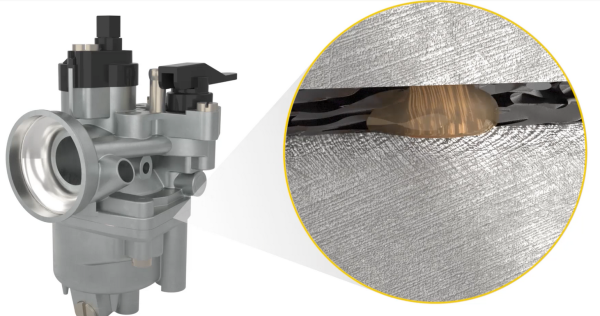 Stabilize A Full Tank
Stabilize A Full Tank










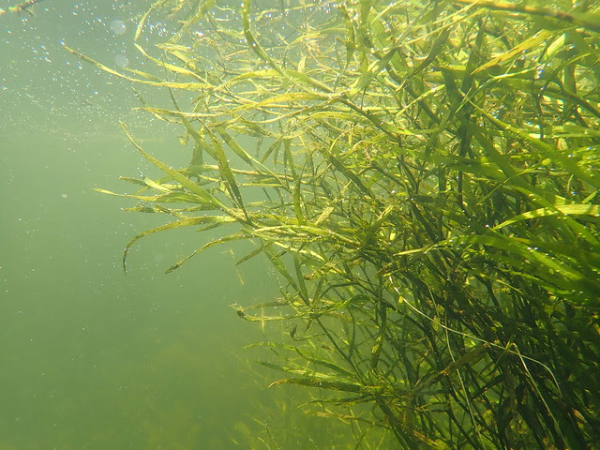 Submerged aquatic vegetation (SAV) is increasingly recognized as vital to aquatic ecosystems. Its importance is extolled during retellings of extreme weather events, e.g. how the widespread destruction of SAV following Tropical Storm Agnes in 1972 affected the Chesapeake Bay.
Submerged aquatic vegetation (SAV) is increasingly recognized as vital to aquatic ecosystems. Its importance is extolled during retellings of extreme weather events, e.g. how the widespread destruction of SAV following Tropical Storm Agnes in 1972 affected the Chesapeake Bay. 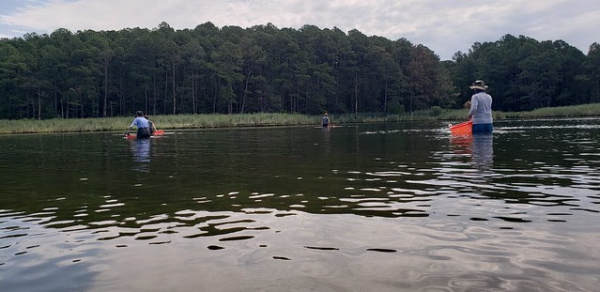 Biologists and ShoreRivers volunteers collect widgeon grass seeds near the mouth of Eastern Bay.
Biologists and ShoreRivers volunteers collect widgeon grass seeds near the mouth of Eastern Bay.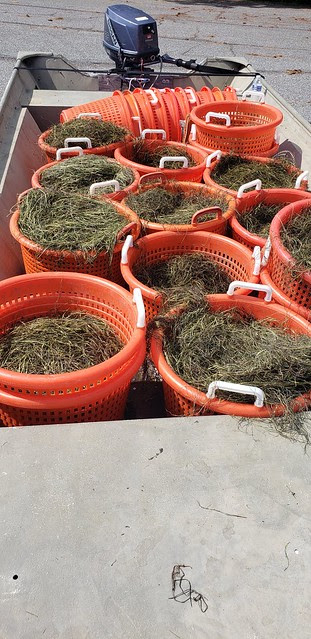
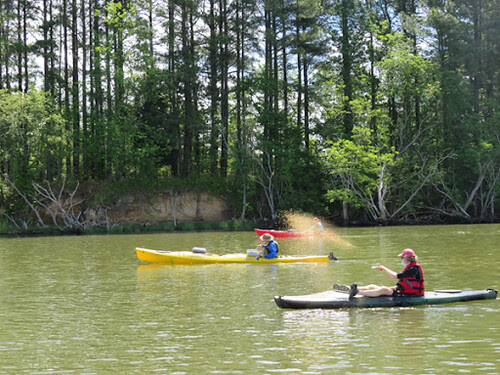
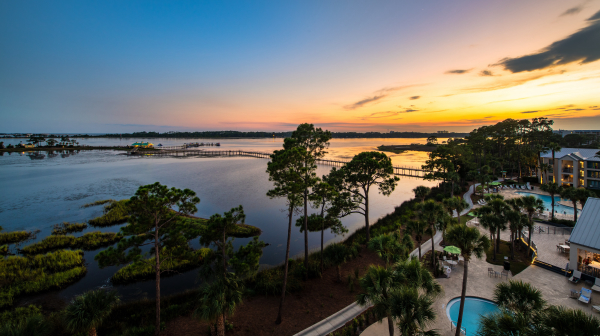 The Sheraton Panama City Beach is a great spot for anglers and boaters, with wadefishing on the premises, boat docks just across the walkway over the lagoon.
The Sheraton Panama City Beach is a great spot for anglers and boaters, with wadefishing on the premises, boat docks just across the walkway over the lagoon.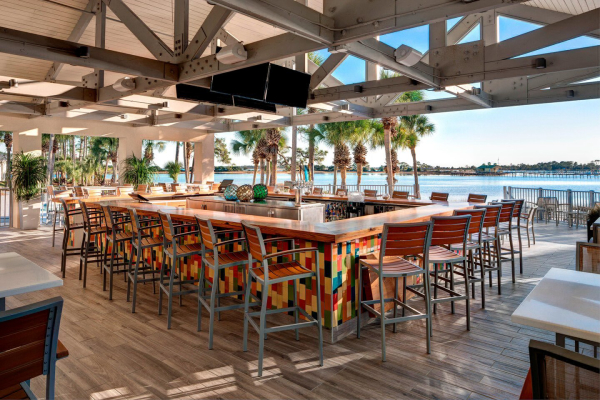 Flip Flop’s Bar and Restaurant in Panama City Beach is close enough to the lagoon to hear the mullet jump.
Flip Flop’s Bar and Restaurant in Panama City Beach is close enough to the lagoon to hear the mullet jump.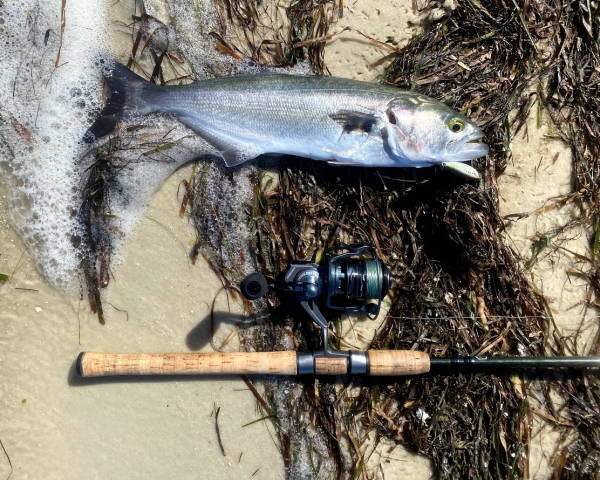 Bluefish are a common catch all along the Gulf Coast so long as the baitfish are still present, which they typically are from April through early November. While wadefishing gets you to lots of fish, it’s also possible to rent kayaks and paddleboards at many locations along the coast, adding considerably to range as well as allowing you to fish deeper water if that’s where the fish are holding.
Bluefish are a common catch all along the Gulf Coast so long as the baitfish are still present, which they typically are from April through early November. While wadefishing gets you to lots of fish, it’s also possible to rent kayaks and paddleboards at many locations along the coast, adding considerably to range as well as allowing you to fish deeper water if that’s where the fish are holding. 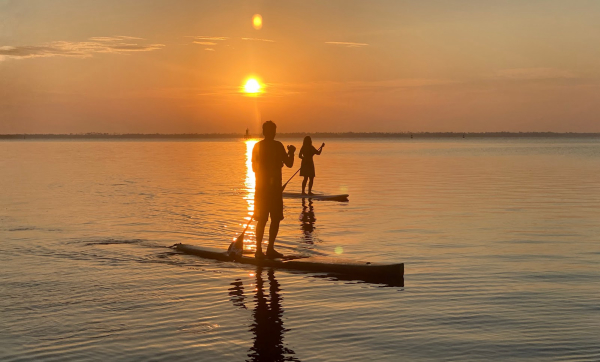 Standup paddleboards float in just inches of water, while allowing access to miles of great flats fishing all along the north Gulf Coast.
Standup paddleboards float in just inches of water, while allowing access to miles of great flats fishing all along the north Gulf Coast.
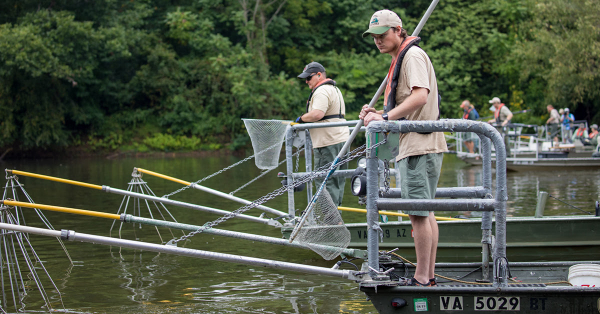 DWR biologists electrofishing while sampling fish populations on a water body. Photos by Meghan Marchetti/DWR
DWR biologists electrofishing while sampling fish populations on a water body. Photos by Meghan Marchetti/DWR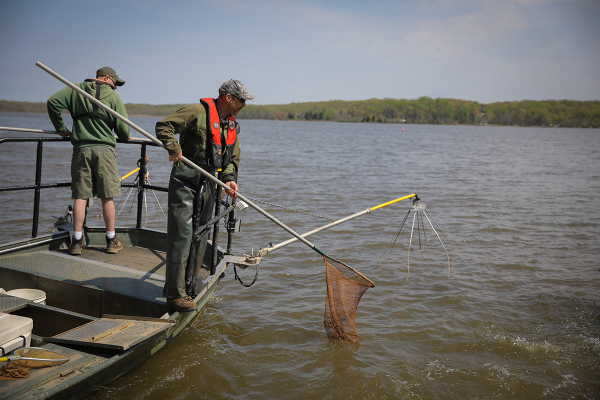 Electrofishing in action.As Virginia’s state fish and wildlife agency, DWR is responsible for the management of our fish and wildlife resources for the benefit of the public. Our agency staff work hard to conserve and protect our freshwater fisheries across the Commonwealth. The best way to monitor the health of fish populations is to catch a number of fish from one area at one time. While our aquatics biologists are all excellent anglers, there is a more efficient, safe, and effective way to catch the fish!
Electrofishing in action.As Virginia’s state fish and wildlife agency, DWR is responsible for the management of our fish and wildlife resources for the benefit of the public. Our agency staff work hard to conserve and protect our freshwater fisheries across the Commonwealth. The best way to monitor the health of fish populations is to catch a number of fish from one area at one time. While our aquatics biologists are all excellent anglers, there is a more efficient, safe, and effective way to catch the fish!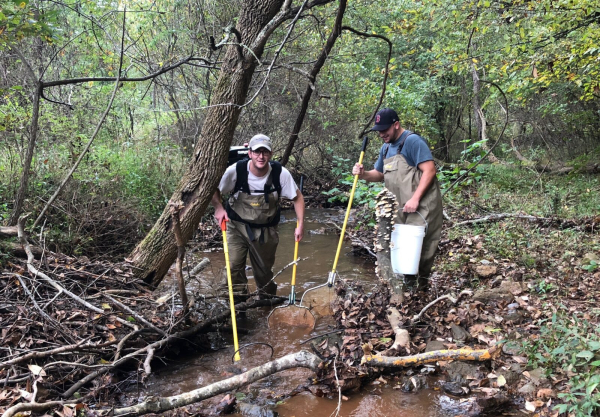 Electrofishing a stream with backpack equipment.
Electrofishing a stream with backpack equipment.